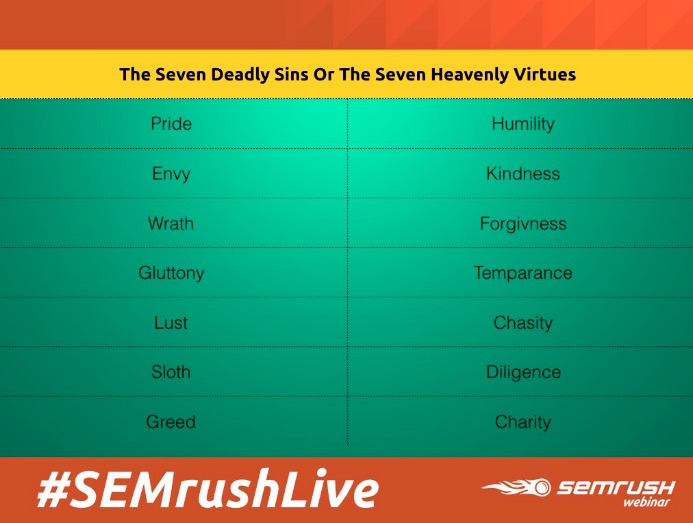Pride, envy, wrath gluttony, lust, sloth and greed. Intense, right?
When we think of the seven deadly sins, we generally think of trying to avoid them. But what if you could use them to your advantage, strategically and meticulously turning views of your ad into clicks, leads and customers?
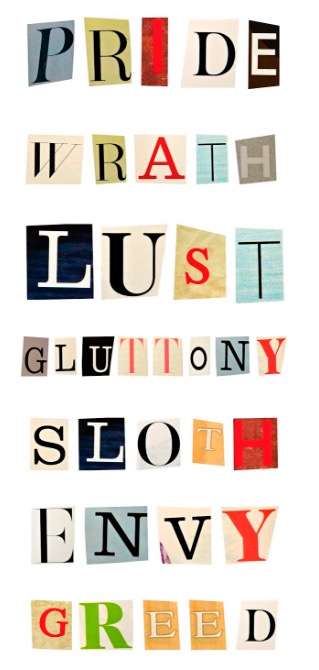
Using these seven deadly sins in marketing is all about psychology. As humans, we possess an innate desire to indulge in these seven so-called ‘deadly’ appetites, but if these appetites are indulged on a regular basis, they can become addictive behavior.
For the purposes of marketing, this becomes extremely valuable.
Ready to learn about this strategy? Read through each sin individually and join me on my webinar on August 3 at 2 p.m. ET.

Pride
Everybody wants to feel a sense of accomplishment. To feel special. To place themselves above the crowd and smile knowing that they have more reason to radiate pride than their fellow humans.
When it comes to the world of the people inside your computer, harnessing the power of pride can effectively turn curious customers into purchasing, returning customers. Let’s take a look at some examples.
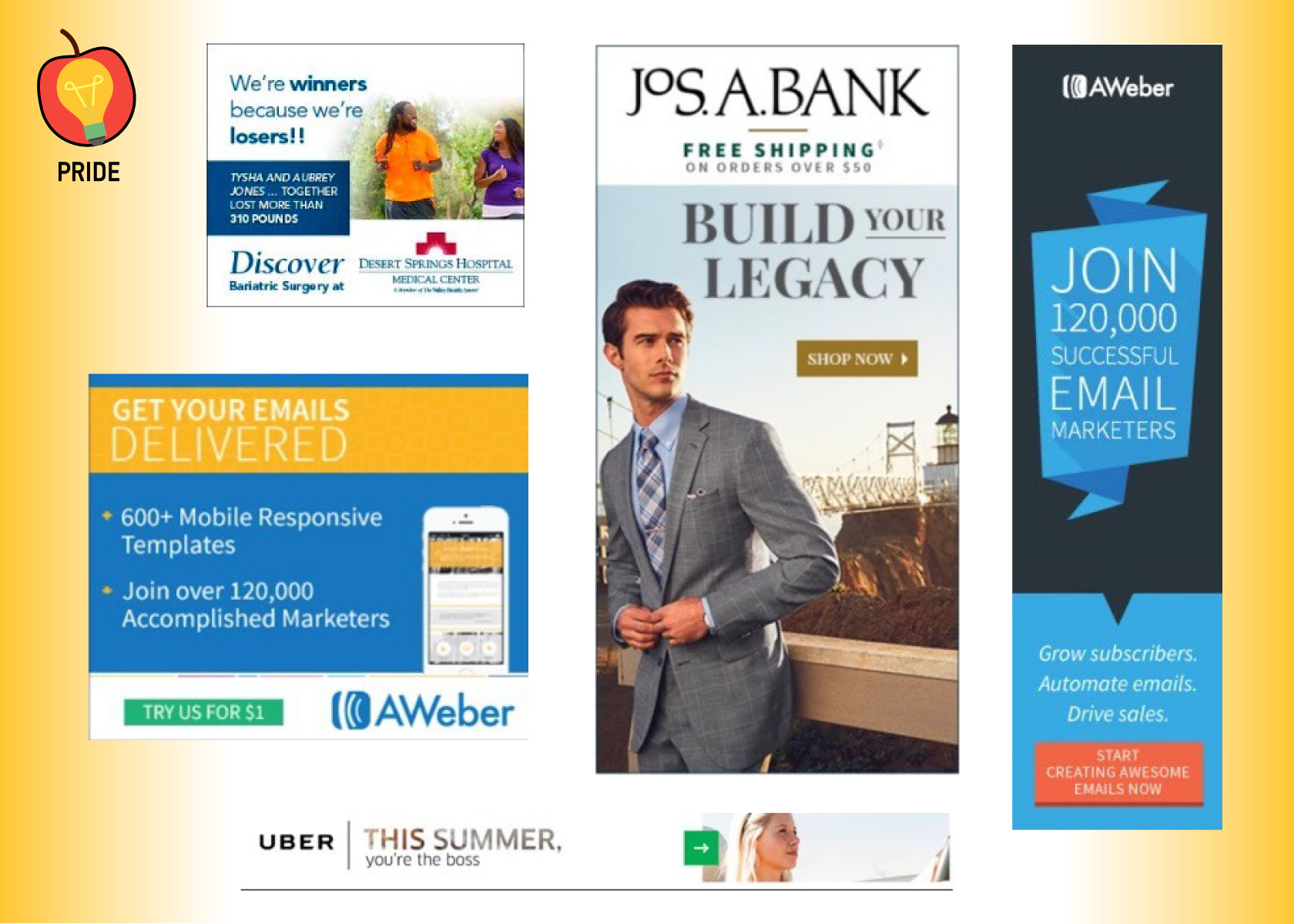
Pride: Dribble and Behance
Dribble and Behance reel in viewers by asking them to ‘show and tell’ their skills with other users. The results? A spark in their subconscious that makes them want to be at the top of that list. To be the best – to be a part of your world.
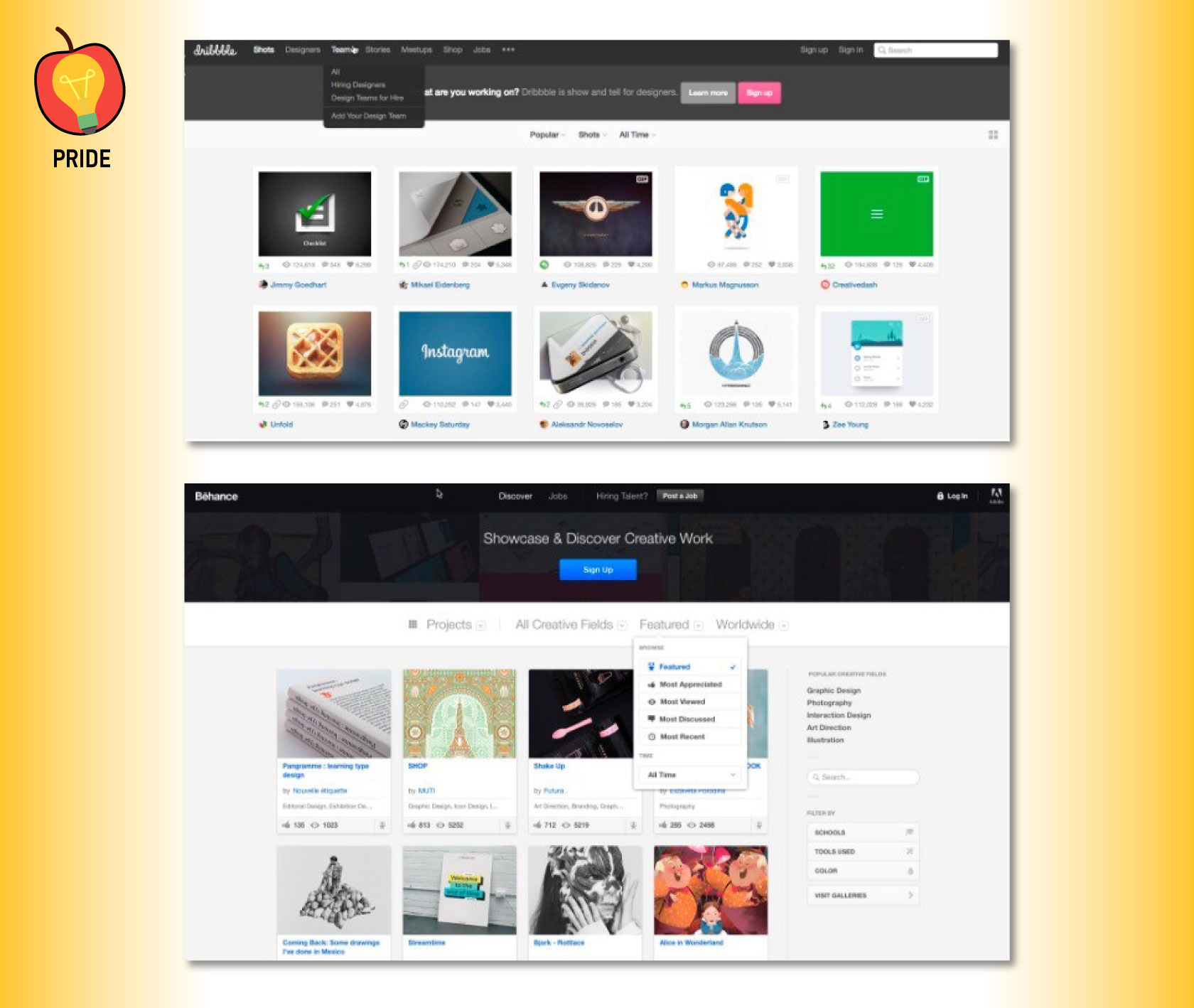
Pride: SEMrush
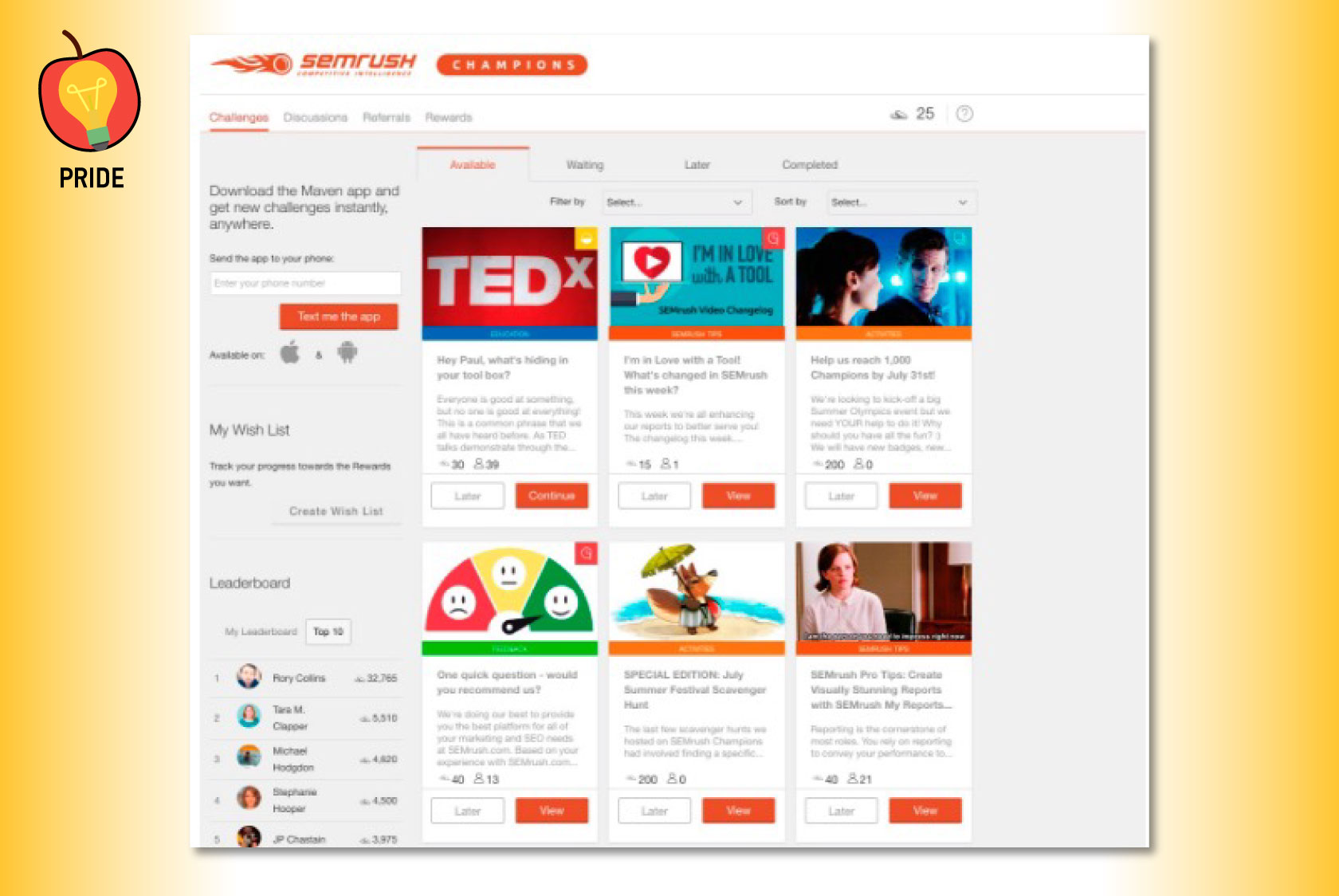
Here at SEMrush we leverage the appetite for pride, a mechanism for getting better, and achievement, to engage our fans with our brand and keep them coming back for more.

After you become an SEMrush Champion you can complete challenges to improve in the realm of digital marketing and start earning points that are not only used to redeem prizes, but climb the leaderboard and get acknowledgment for your hard work.

Envy
This one is a bit similar to pride – but goes a little deeper. The fact is, we all want what we can’t have – or what we think we can’t have. In essence, if we see that other people are relishing in the glory of something, we also want it and will do whatever it takes to get it. It’s human nature, and a surefire way to win customers.
Envy: Pokemon Go

When gamers got their hands on Pokemon Go, a themed augmented reality game for the real world, it spread like wildfire, surpassing Twitter with over 65 million users in its first week. It quickly became not only one of the most viral mobile applications of all time, but arguably the most addicting.
When it comes to leveraging the appetite for pride, Pokemon Go is rumored to soon release a leaderboard, allowing its top Pokemon trainers (battlers) to showcase their captured Pokemon for envious eyes to see.
As fellow Pokemon trainers start battling to conquer and steal Pokeman, many business owners are creating“lures” to bring people into their territory and petition game developer Niantic to establish nearby “PokeStops” and “Gyms” as magnetic drivers to draw crowds around their places of business.

Wrath
In the real world, wrath refers to overwhelming feelings of hatred, anger or rage. On the web, it refers to creating a buzz or gossip about a certain service or product offering. Everyone loves to gossip – it’s how the human brain works, and can do wonders for your business. Here are some examples.
Wrath Example: eBay
This is a prime example of wrath at work. The website offers users with the opportunity to give and read reviews on all products. The result? A large portion of them will want to try out the product for themselves to form their own opinion, and give a piece of their mind, too. Whether it’s positive or negative, it’s exposure – and that counts.
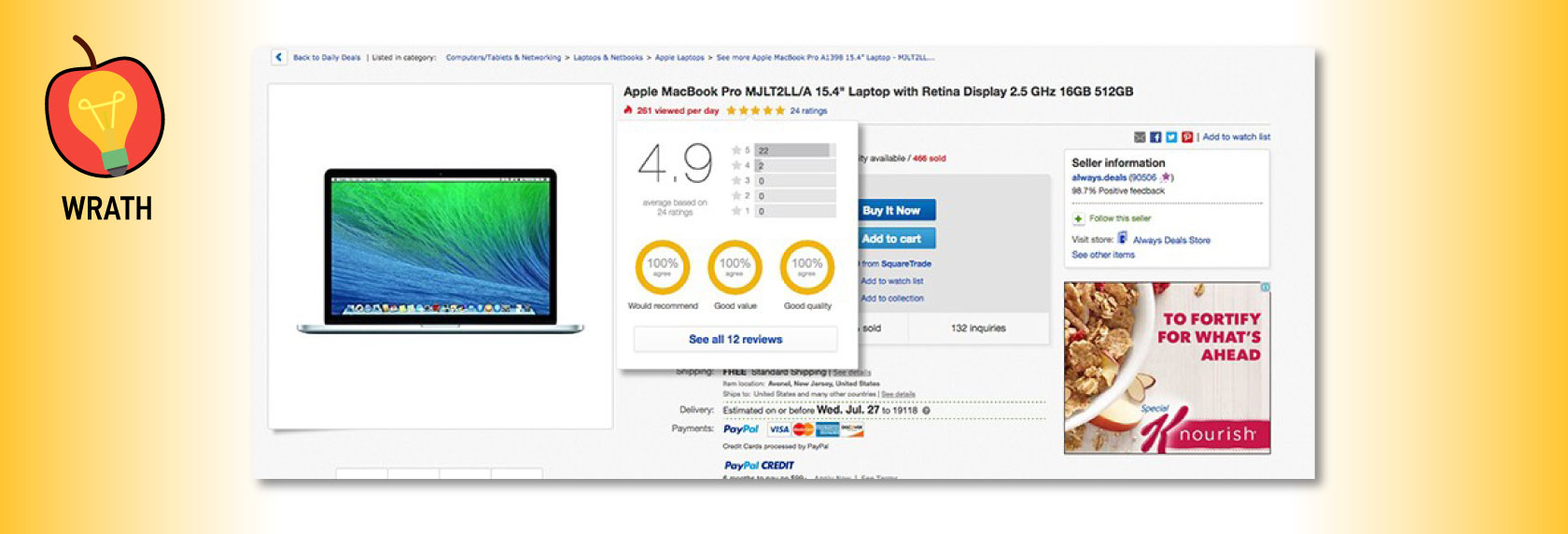

Gluttony
And no, we’re not talking about the eating kind. Food isn’t the only thing one can over-indulge in to be labelled gluttonous, and the internet is no exception.
There is a reason the saying “my eyes were bigger than my stomach” came to be. Humans want to consume more than their capacity allows them to, which is why many restaurants and service providers offer certain ‘unlimited’ offerings on their plate. Check it out:
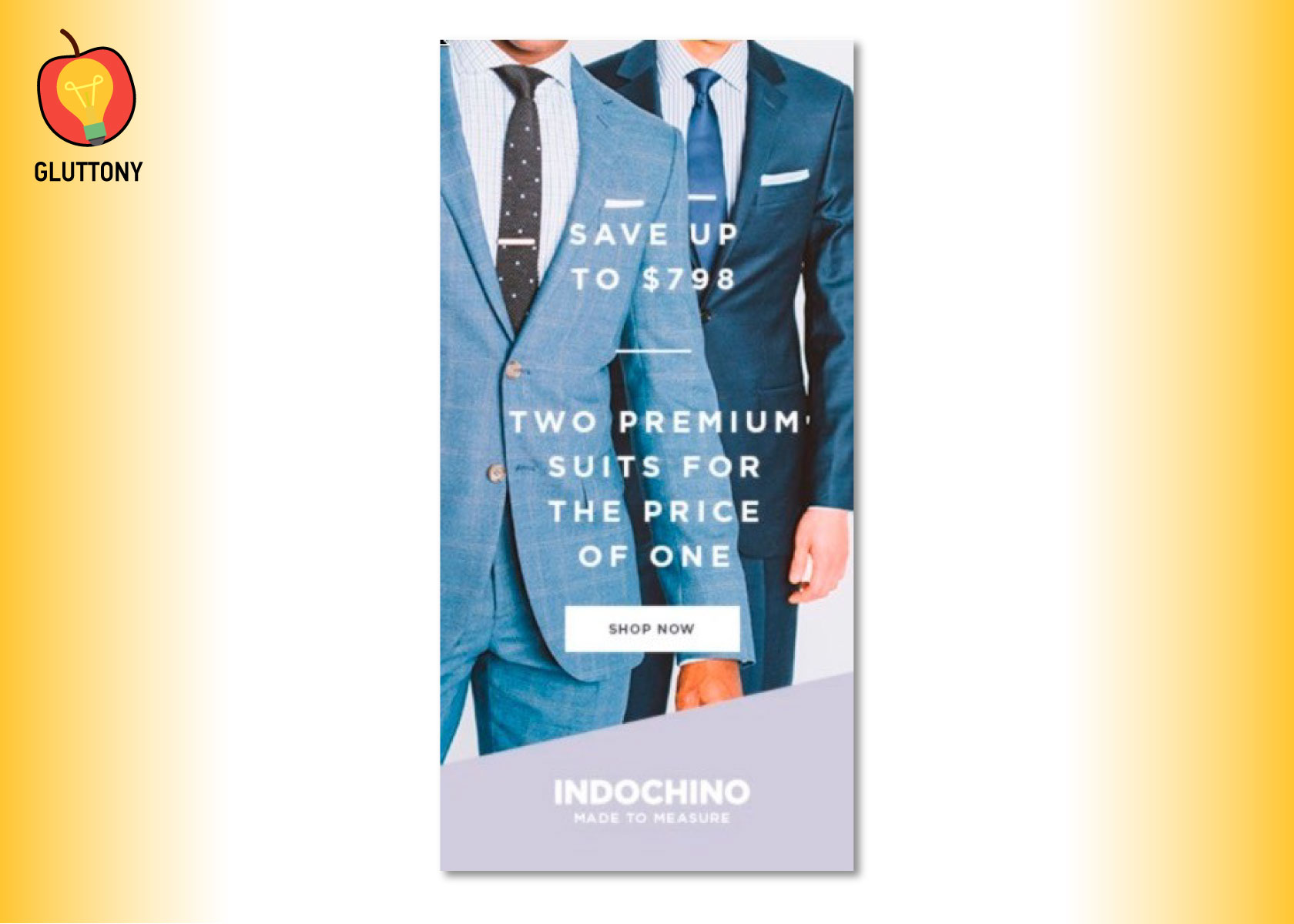
Gluttony: Halo Top
Halo Top flipped the actual drive, targeting the same emotion, but from the other side. By using temperament, the opposite of gluttony, they made it easy for you to overindulge by simply letting you of the hook for “sinning.”
“Finally, a healthy ice cream” that doesn’t require that you “save a bowl because you are going to want to eat the entire pint;” cleverly overcoming the objection for those thatmay have otherwise resisted the negative urge.
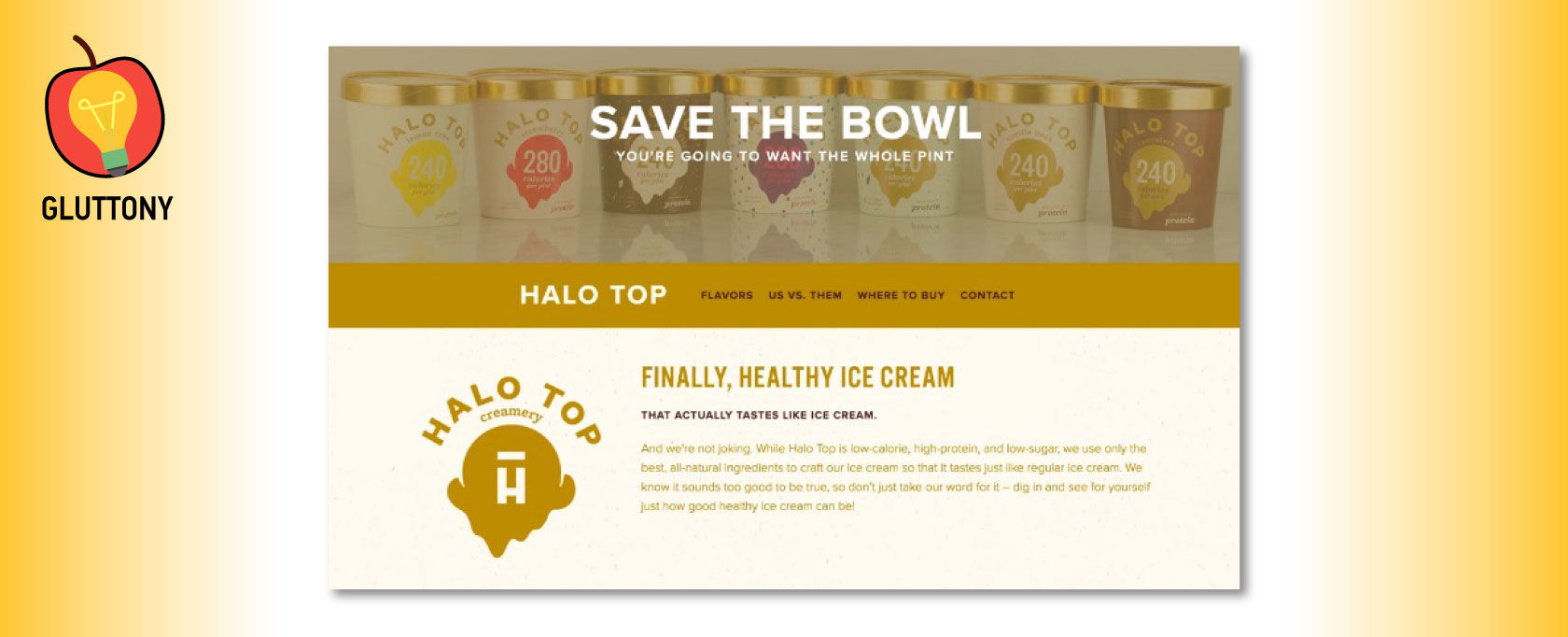
Gluttony: Wix
By upgrading your site to ‘premium’ with Wix, you get a whole lot more for a very nominal fee. They even highlight the most ‘delicious’ plan for your convenience, showing just how much you’ll get for such a small amount of money.
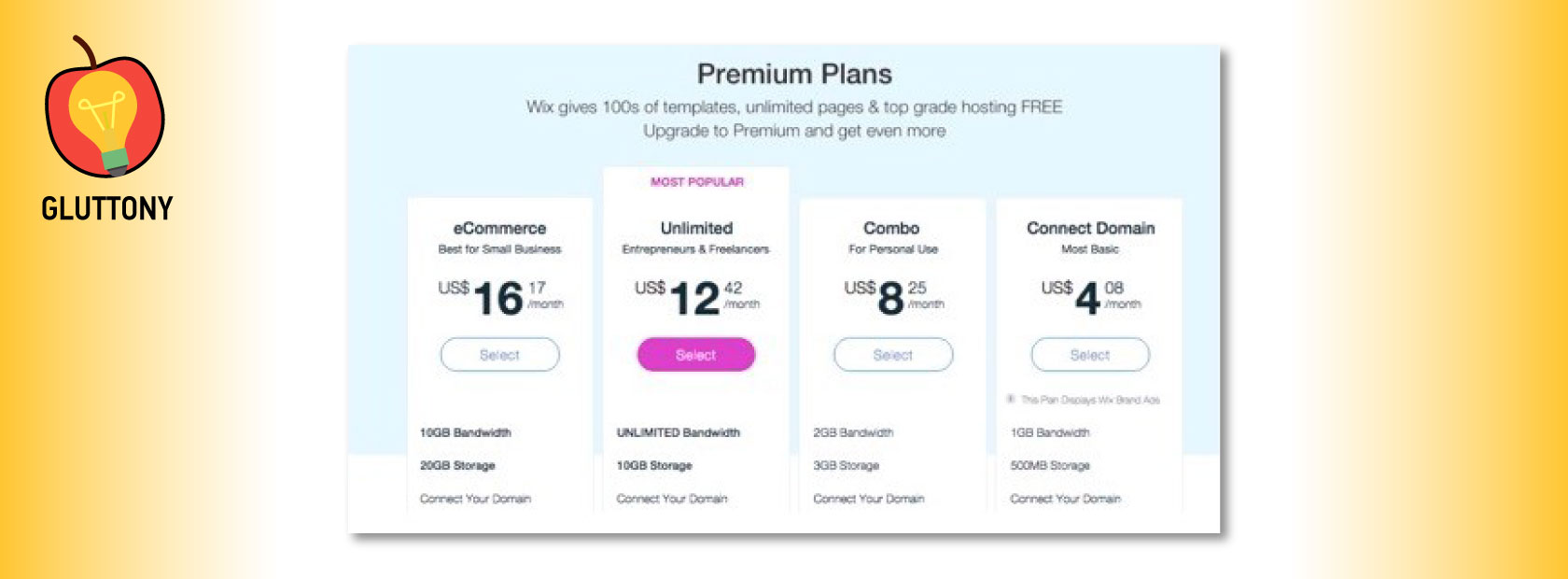

Lust
We’ve all heard that sex sells, used by the advertising industry since the ‘80s to tickle our sexual appetites and draw attention towards the creative. And while the sexual imagery is the most powerful stimuli to attract attention, its greatest strength is also considered its greatest weakness. The sexual association can quickly take precedence and distract the viewer from the evaluation of the creative.
So, how do companies leverage the sexual association without affecting the viewer’s ability to evaluate it?
Lust Example: BMW
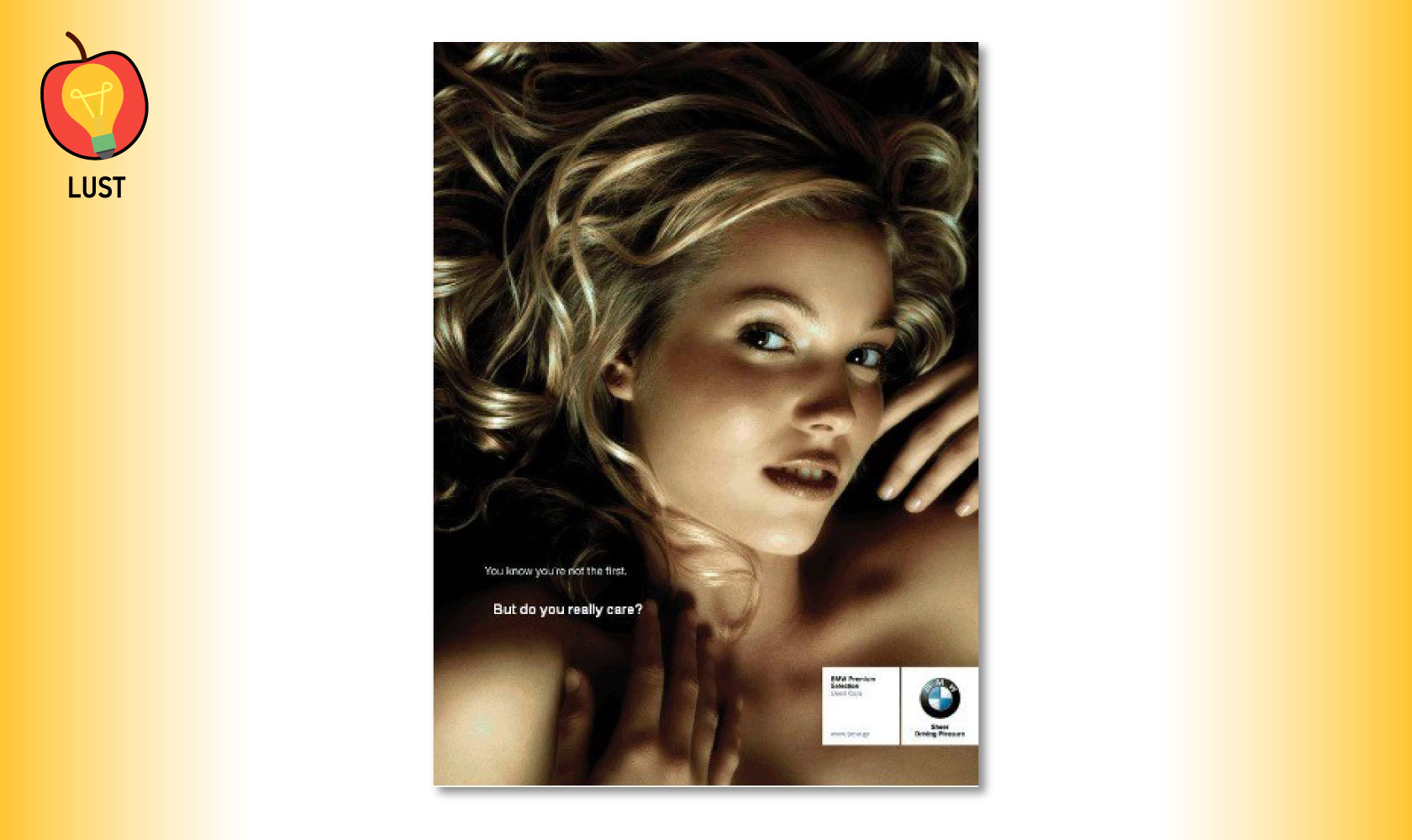
By deciding to use sexual imagery at a low level of explicitness, they are creating higher copy evaluation.
The higher the explicitness, the lower the ad evaluation. It’s a fine line, so no shenanigans!
Unlike in ancient times when sexual desire was defined merely by our pure biological need to reproduce and create offspring, the modern world is much different.
Today, we are largely divorced from reproduction and sex is typically focused on pleasure.
Our definition to what is attractive has more depth, and being defined every day by the imagery and information we are repeatedly exposed to, over and over again.
Here is a clever use of lust in Volkswagen ad copy:
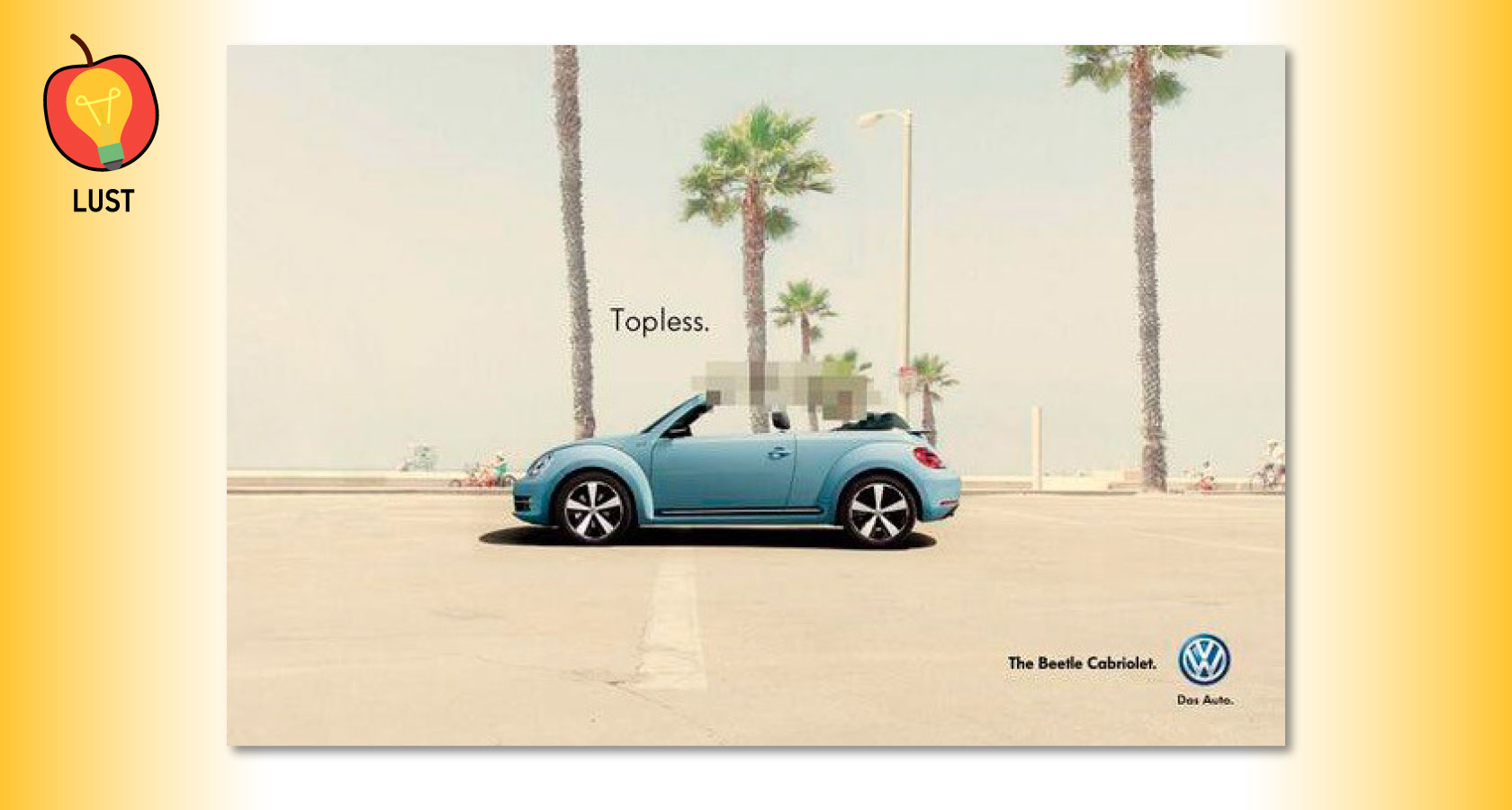
But, lust does not just refer to sexual desires. Humans lust after things too, and on the internet, they lust after shiny things: mostly, shiny things that are completely out of their budget.
Lust Example: Apple
To trigger this emotion, advertisers use a variety of techniques to put that lust on steroids and heighten the desire further. For example, big text, big pictures, big sequences and big effects. But here’s an actual picture, just in case.
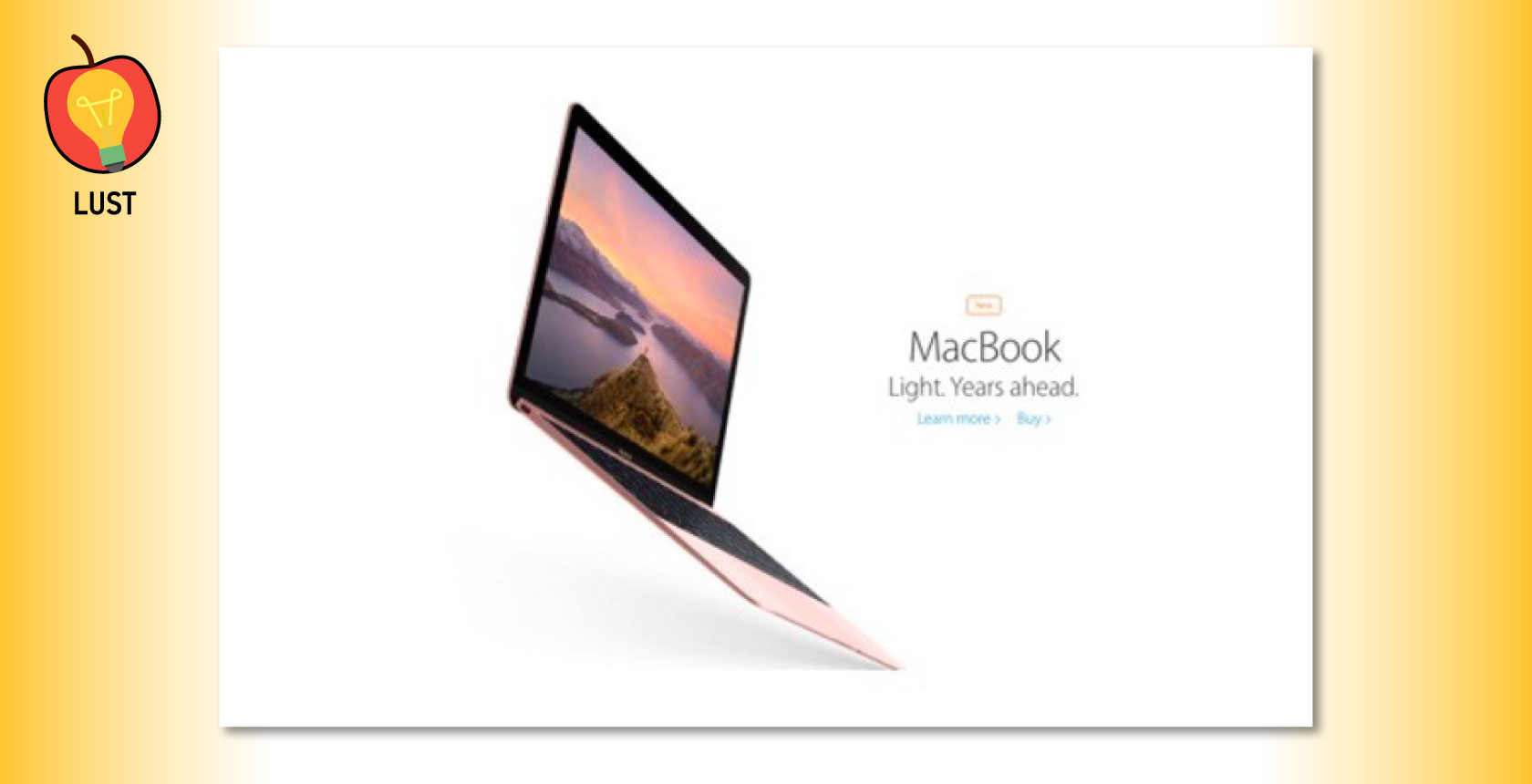
Everyone wants a piece of luxury; a right to overindulge. After all, we deserve it. So look at the size of that picture. Look at the angle. Look at how sleek and seductive it looks. Mission accomplished. This image oozes lust, igniting a flame in every viewer to make the product their own.

Sloth
The advertising world caters more to human laziness, especially when it comes to technology. We want things to be easier, faster and more straightforward to accomplish. We want to get the most out of a product or service while needing to do the least amount of work possible to achieve it. Which websites accomplish this? Those that claim to do all of the work for you so you don’t have to.
Sloth: Tummy Tuck
According to Tummy Tuck, there’s no need to go to the gym and stand on a treadmill for hours. You can lose the same amount of weight just by sitting in front of your TV while wearing this belt. Advertising success at its finest.
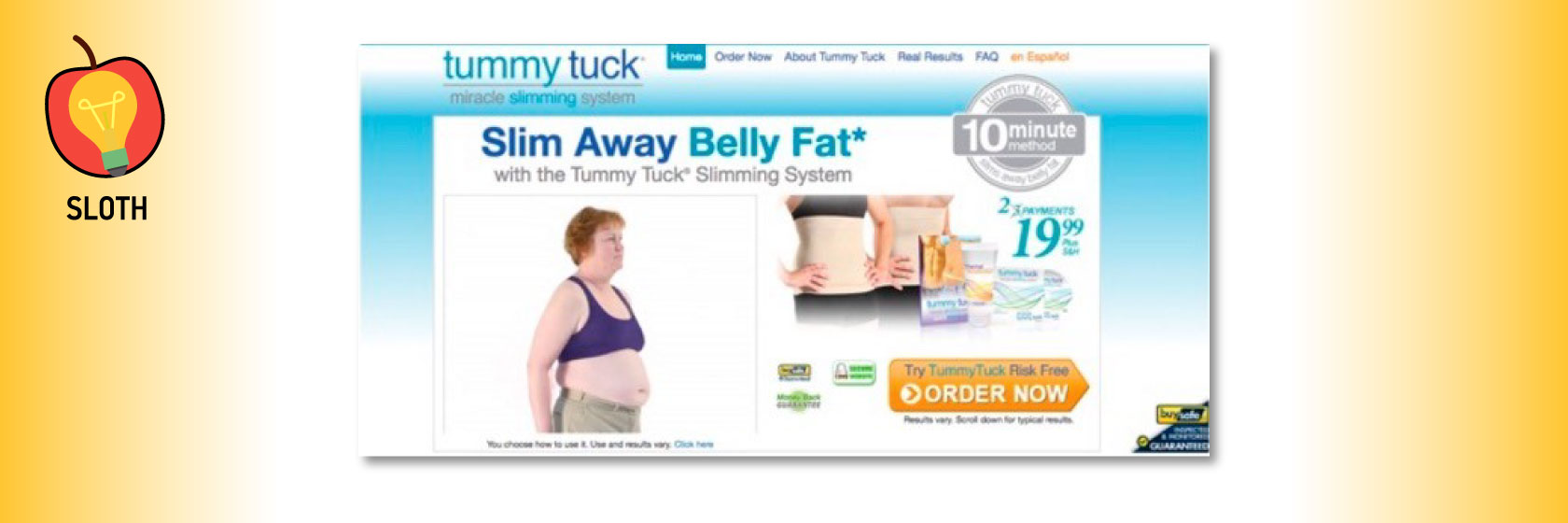

Greed
Similarly, to pride and envy, we all want more than we need. We want wealth, power, status – without having to work for it. When advertisers show you just how much status and fame you can achieve with them – their success as a business is pretty much in the bag.
Greed: Katy Perry on Twitter
Many people dream of having 90.3 million followers like Katy Perry. They see how much fame she has, and how many people follow not just her profile, but her every move. Twitter shows its users that they too can achieve such glorious status by getting so many customers.
It’s very, very clever, and advertisers use the same methodology on platforms like Facebook and YouTube as well.
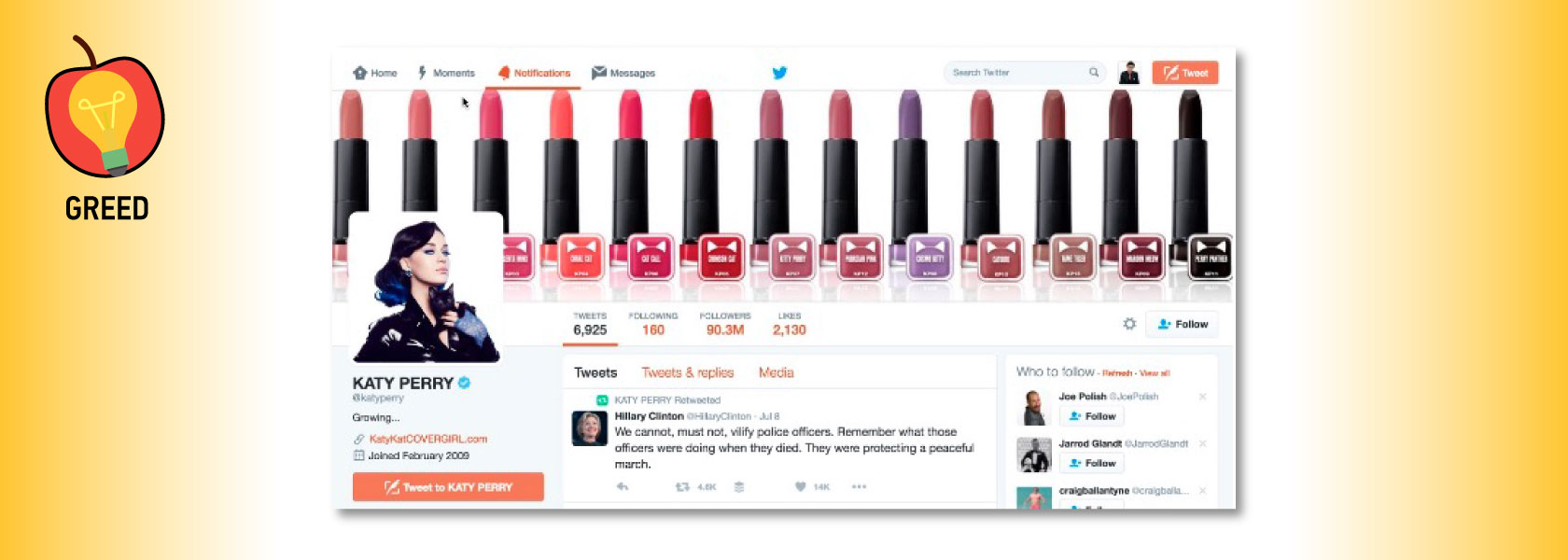
Greed: Sam's Club
Whenever companies like Sam's Club give you the volume size discount, they tickle at the idea of greed because it works. They know that even though you likely don’t need the industrial size bottle of ketchup at one time, you will still buy it.
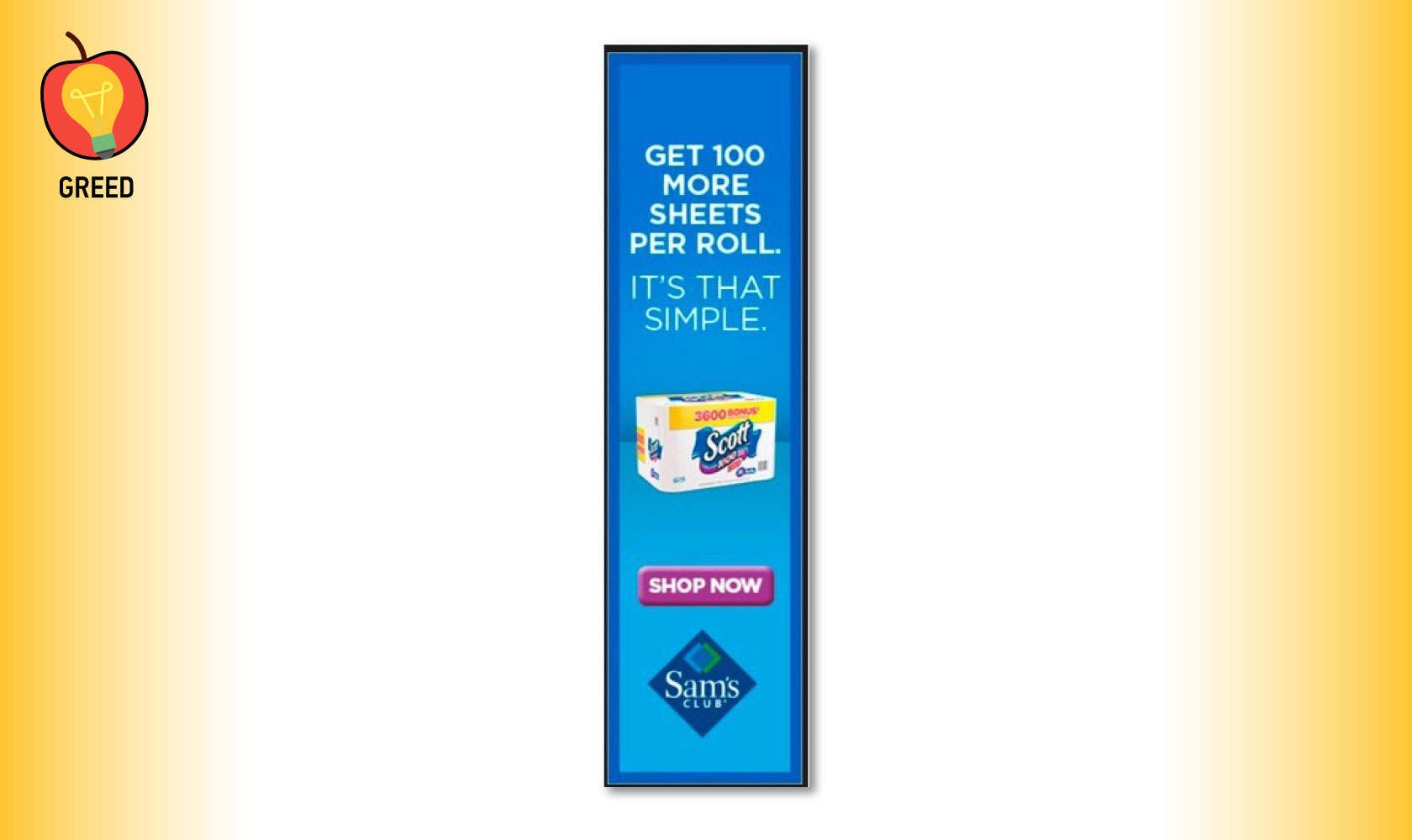
SEMrush also tickles at your desire to indulge by allowing you to save with annual plans.
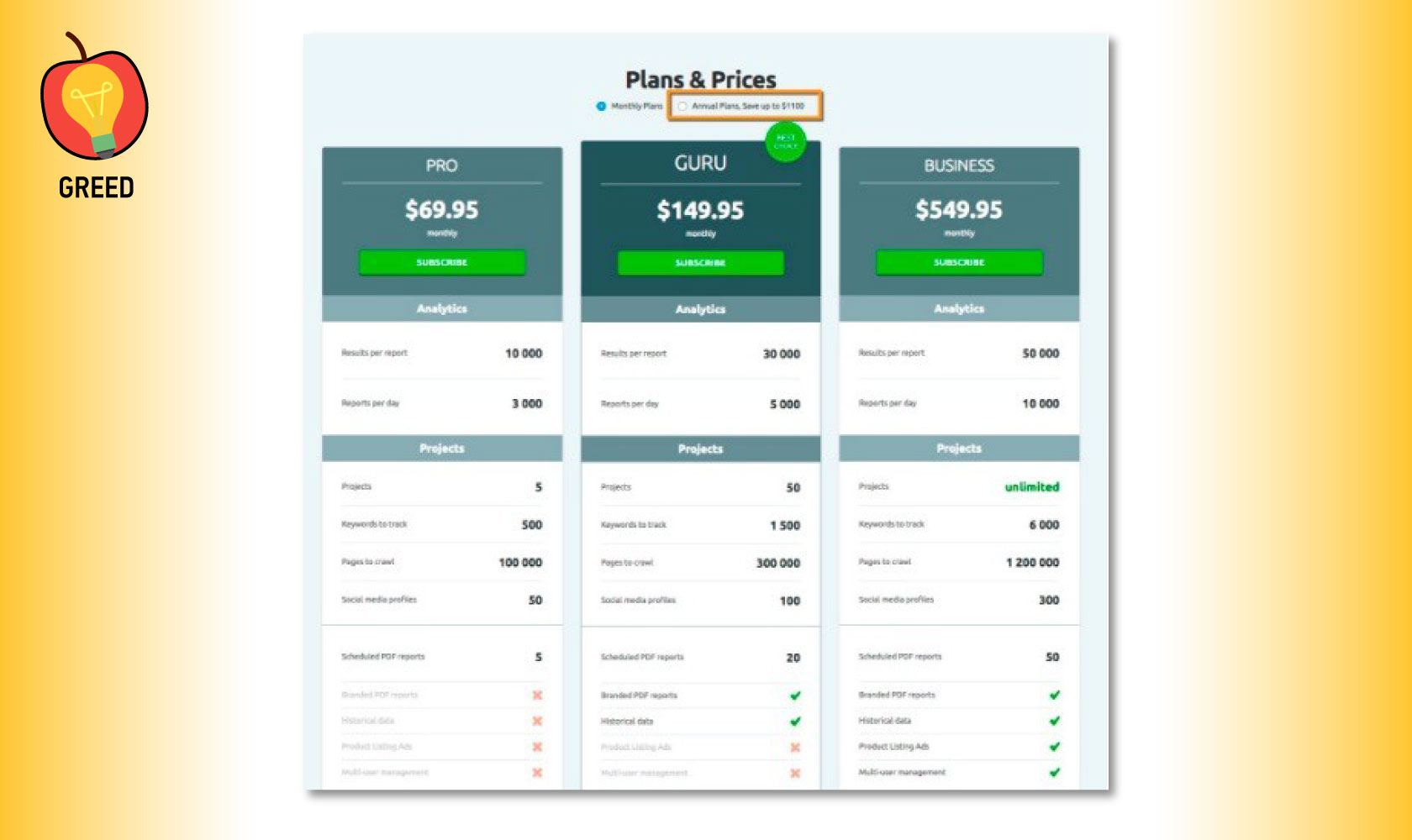
This may be a lot to take in, but it’s actually just the beginning. The seven deadly sins can take your business from the ground floor to the top in a heartbeat.
If you want to learn more and take advantage of the advertising strategies that are taking the world by storm, register for my webinar today.
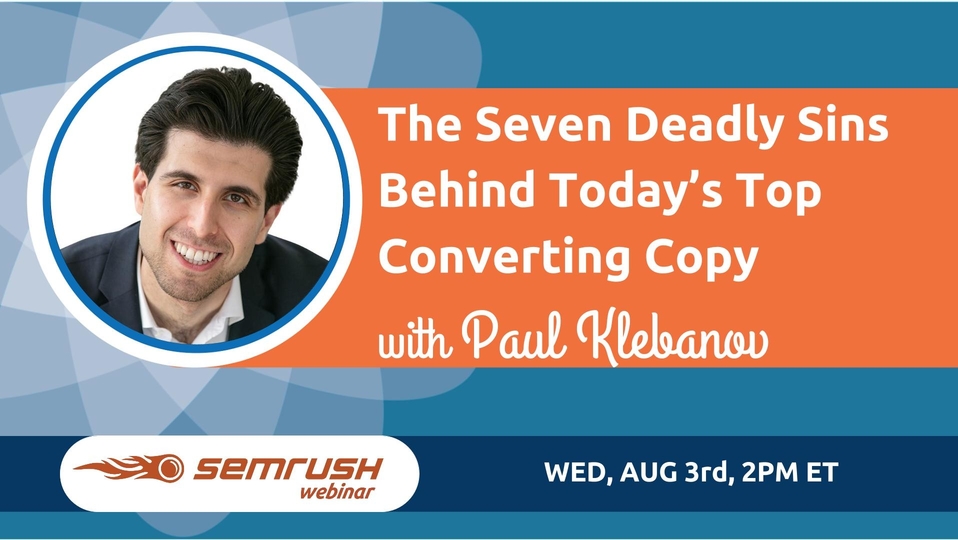
As a bonus, I will be covering how you can use the Seven Heavenly Virtues to give people that resist the negative urge to "sin" a way out.
